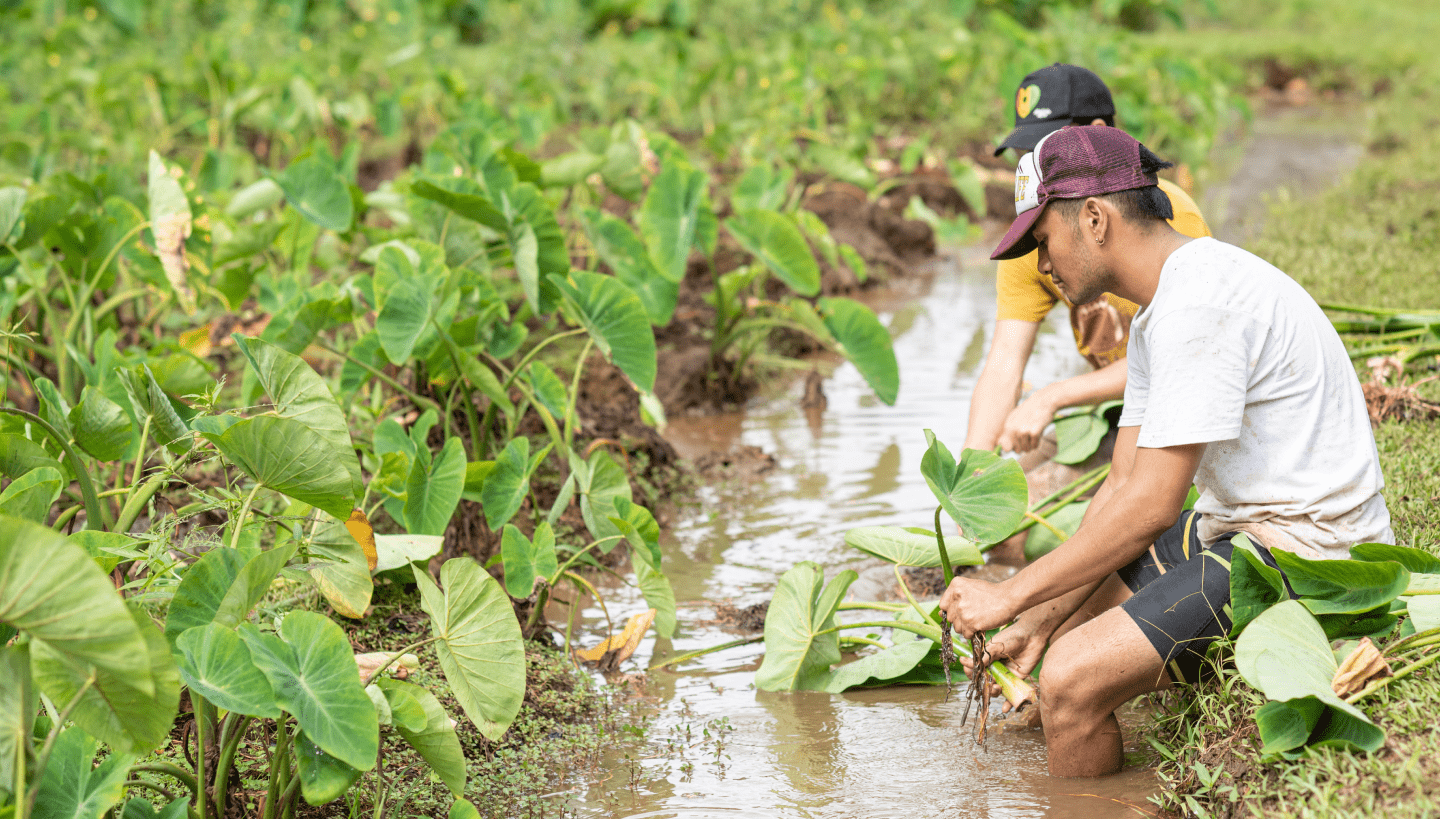Nov. 25, 2019
Earlier this fall, we announced our spend down strategies across four issue areas in San Francisco and Alameda Counties. Another critical focus of our work is across the state of Hawaiʻi, where we will develop Hawaiʻi-specific strategies with our partners for our four issue areas over the next year. As a San Francisco-based funder, we are committed to supporting innovative initiatives created by and for our partners in Hawaiʻi. This year, our team has had the privilege of spending time with community leaders across Hawaiʻi who are leading efforts that not only inform our appreciation and understanding of Hawaiʻi but who also give us new ways of thinking about our work in the Bay Area.
Here are four lessons we’ve learned from our partners in Hawaiʻi.
1. What food security means in Hawaiʻi: ‘āina, ahupua‘a, and ‘ohana
From Director of Food Security Elvin Padilla
Since starting at Stupski in early 2019, I wanted to understand what food security means to the people who live in each of the communities where we work. As I recently learned from seasoned community leaders, the idea of “food security” in Hawaiʻi is rooted in three fundamental Hawaiʻian values: ‘āina (love of the land), ahupua‘a (a sustainable agricultural system that runs from the mountains to the sea), and ‘ohana (family). 1 Together, these principles form the understanding of food security, “that which feeds us,” an interconnected system of land, family, and sustainable agriculture.
As I saw during a recent visit with one of our grantee partners, Hoʻokuaʻāina (captured in the photos below), a taro farm with a youth development and Hawaiʻian cultural program, these values are not relics of a way of life that has long since vanished; these are contemporary, deeply valued aspects of what food security means to people living in Hawaiʻi today.
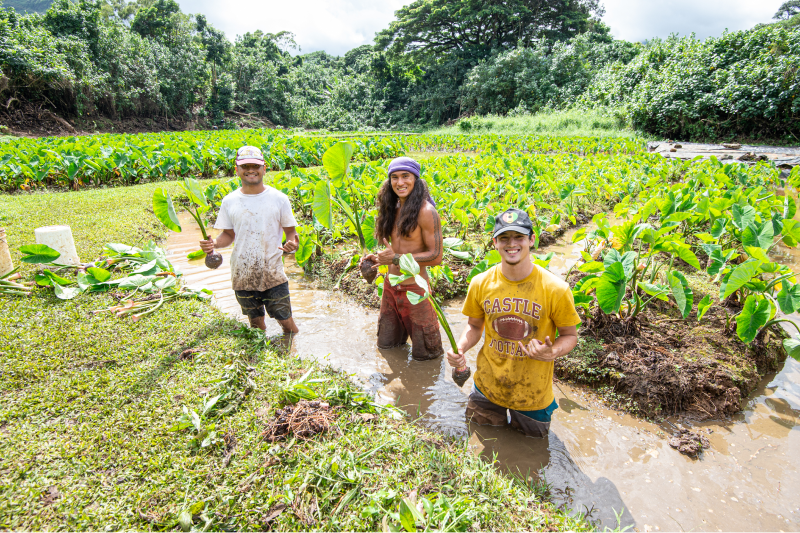
In the face of the threat of a changing climate and nearly complete dependency on the imported food after sugarcane and pineapple plantations and cattle ranches supplanted the sophisticated ahupua’a 2, our partners call for the development of community food systems that promote self-determination for them to make the vision of āina, ahupua‘a, and ‘ohana a reality. At Stupski, we plan to follow the lead of, and partner with, local communities as they chart a path forward to develop a post-plantation food system that serves all.
2. The impact of streamlined data in transforming the postsecondary education system
From Director of Postsecondary Education Jennifer Nguyen
I’ve learned the power of having unified education systems by working with our partners in Hawaiʻi. Unlike San Francisco and Alameda counties, Hawaiʻi has a single public school district, with connections to the University of Hawaiʻi (UH) system (the state’s unified two- and four-year public higher education system). This enables the state to streamline school data through a system called the Data eXchange Partnership and get a high-level view of what’s working and how changes can be made. Using this data, our partners on the ground like P-20 Partnerships for Education are planning system-wide solutions like improving advising practices from middle school through college and developing a highly successful dual-credit program called Early College.
Learn more on UH West Oahu’s blog about our recent visit to the campus (captured in the video below), where we learned from faculty, P-20, and MA’O Organic Farms about the university’s highly successful curricular transformations and student supports that have led to increased persistence rates.
3. Growth that preserves the aloha spirit
From CEO Glen Galaich, after he attended the Hawaiʻi Executive Conference
The Hawaiʻi Executive Conference, partly designed by the Micah Kane of the Hawaiʻi Community Foundation, was a powerful venue for exploring a unifying philanthropic framework. The sessions were action oriented, with plenty of opportunities to learn about the most pressing needs across the state and to engage with corporate, public sector, and foundation leaders. Most important, the conference centered discussions on how to protect the “soul” of Hawaiʻi (the aloha spirit) upon which the state’s magic and energy are built. Stupski, other foundations, and businesses that work in Hawaiʻi need to think deeply about what kind of growth we invest in and how we do our part to help preserve what makes Hawaiʻi unique.
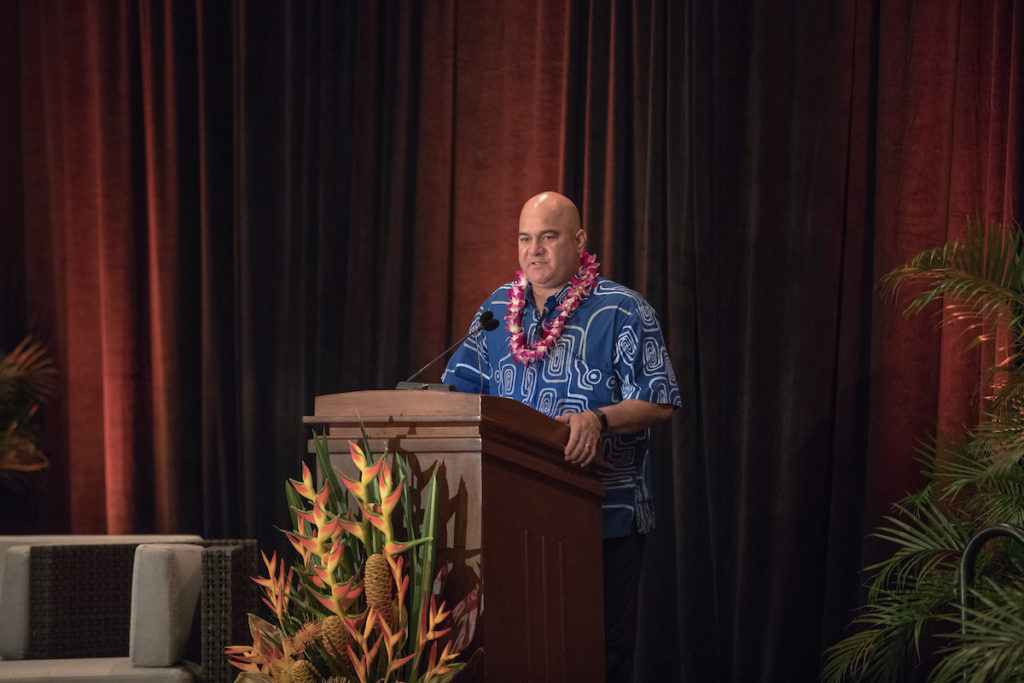
4. Honoring different approaches to our work
From Senior Adviser Lalitha Vaidyanathan
The lesson that stands out to me most is how in Hawaiʻi there is much more awareness about different ways of being – and honoring those differences in our work. For example, the Native Hawaiʻian tradition values peoples’ connection with the land (‘āina). It is not seen as a resource to be exploited but a shared resource to be respected and lived with in harmony. This way of being leads to very different solutions to social problems. For example, our grantee partner MA’O Organic Farms leads a youth development program focused on cultivating organic produce. The program is producing positive health outcomes for participating youth and their families while cultivating a vibrant native food system on the island. This is a very different way to think about the role agriculture can play in community health than what I’ve seen in California.
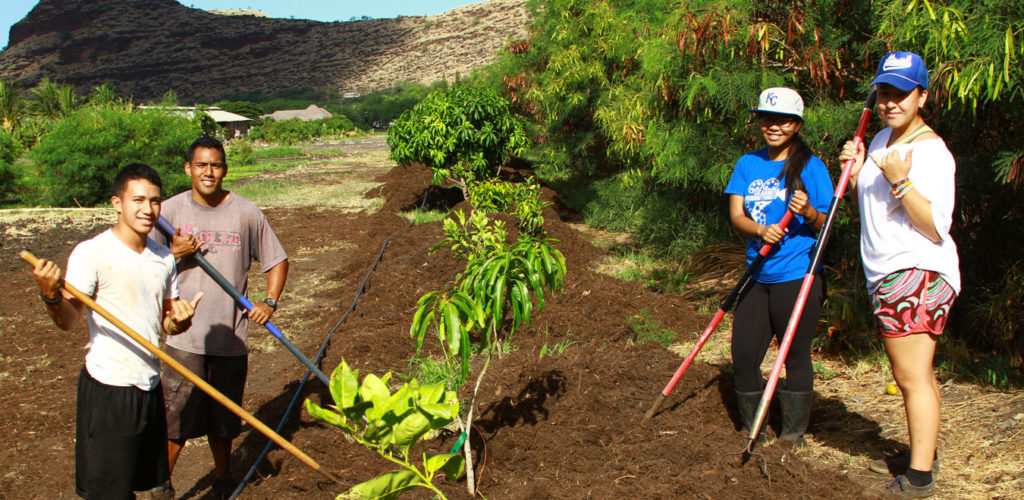
What Comes Next
These four lessons, and many more are informing how we will work in Hawaiʻi. We are currently developing our Hawai‘i strategies and investments in collaboration with the Hawaiʻi Community Foundation and community leaders across the islands over the next year. We look forward to sharing those strategies and making more investments in late 2020.
- “Hawai‘i’s Food System: Food for All,” a report from the Hawaiʻi Hunger Action Network.
- 85-90% of Hawaiʻi’s food supply is imported, making the state particularly vulnerable to natural disasters and any global event that could disrupt shipping and the food supply. (Leung, PingSung and Matthew Loke. “Economic Impacts of Increasing Hawaiʻi’s Food Self-Sufficiency.” Economic Issues. EI-6. College of Tropical Agriculture and Human Resources, University of Hawaiʻi, Dec. 2008., p. 2).

